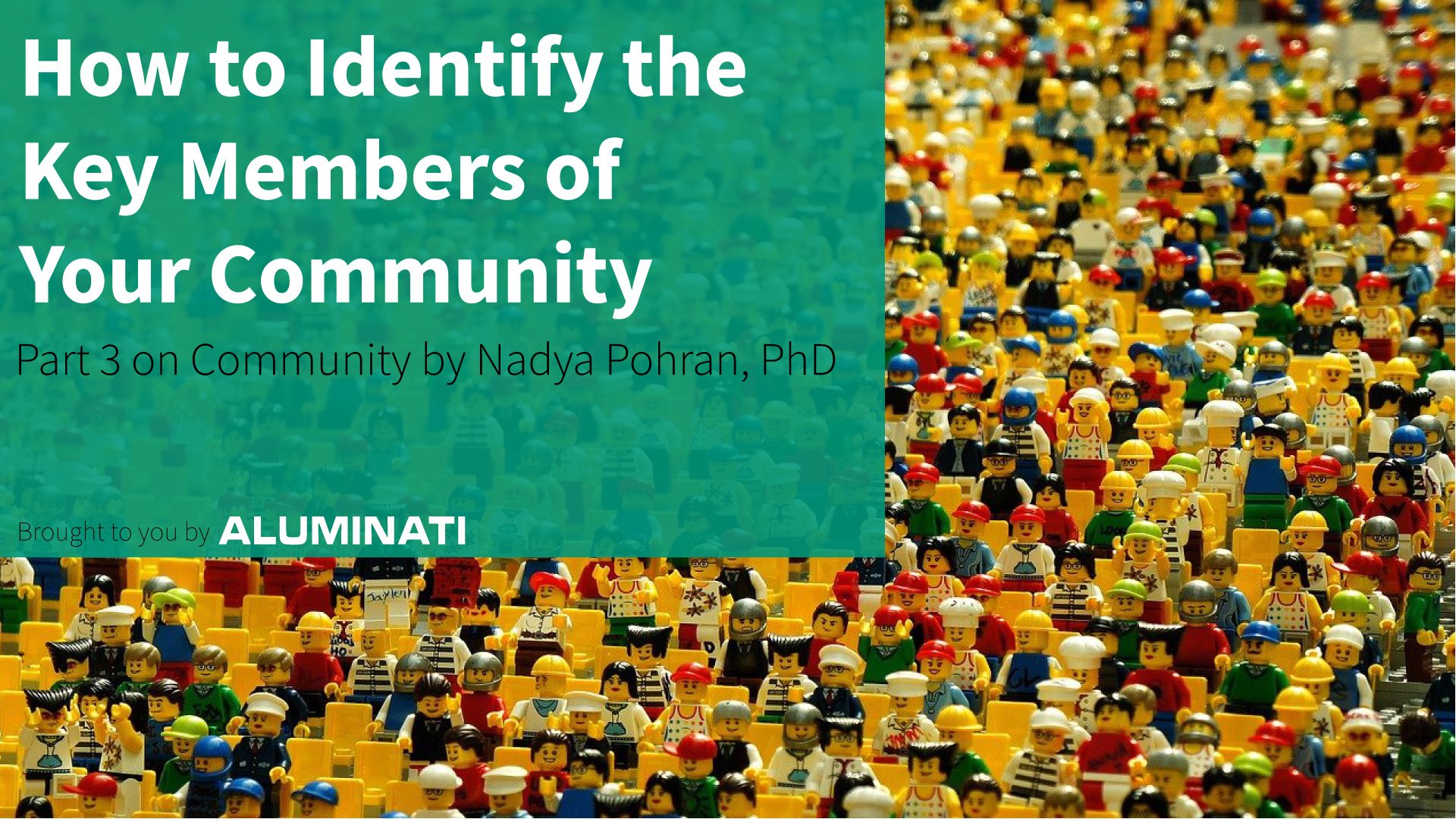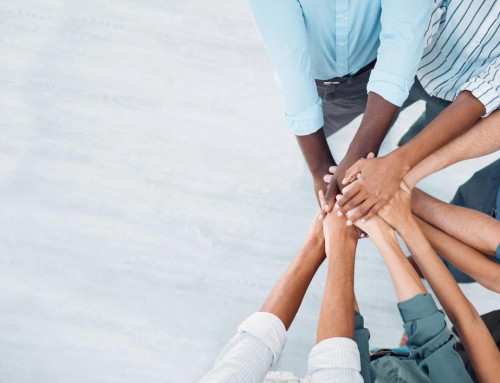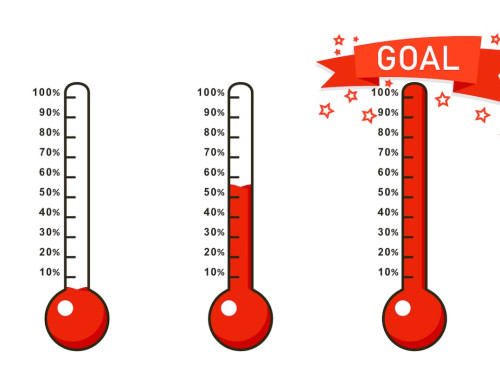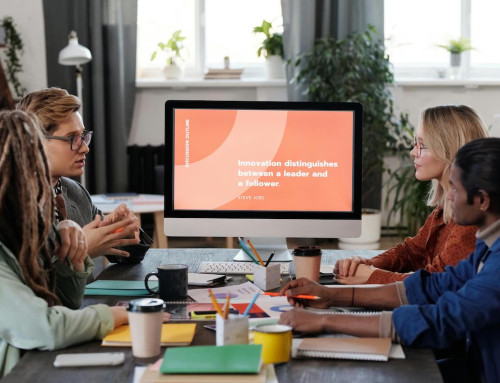Individuals Within a Community: Understanding diverse roles, mindsets, needs, and skills of community members.
Community-based actions and innovations have literally brought our species into existence (check out our last post), and they have continued to be responsible for notable successes throughout history and in the present day. But communities, such as corporate alumni networks or alumni engagement networks for education, are, in fact, composed of multiple diverse individuals. This post steps away from the macro to the micro and examines some of the ways that the individuals within communities operate, including what role/s they fulfil, what needs they have, and what skills they offer within the larger community.
Subscribe to receive updates when we publish new and interesting content.
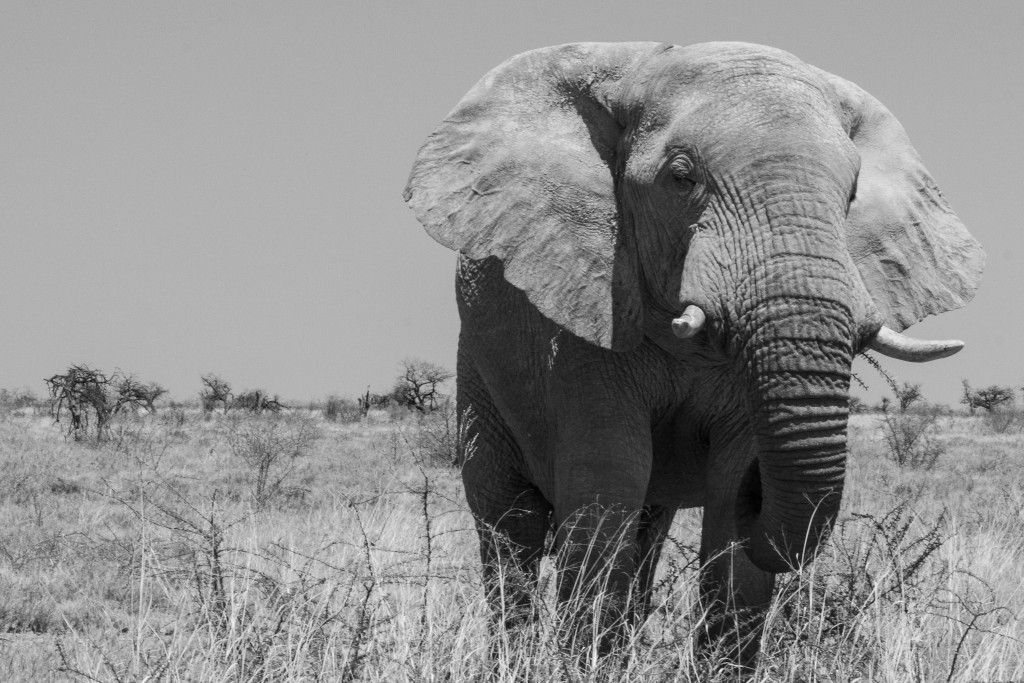
Have you ever heard the story of the blind men and the elephant? It’s an Indian philosophical tale about how we all experience the world differently. The story goes like this: there are several blind men (——hmmm…wait a second. Do I really want to start this post with yet another story about a group of men? Let’s try this again…)
*Take two*.
There are several blind people who were told that an elephant had come to their village. Being blind, they’d never seen an elephant before, and they began to ask each other what an elephant is. They all agreed that the best way to find out would be to reach out and touch it. So that’s what they did.
One, who was touching the elephant’s trunk, said that the elephant is like a pipe. Another, touching the leg, said that an elephant is like a tree trunk. Another, touching the ear, said that an elephant is like a sheet of fabric. Still, another, touching the tail, said that an elephant is like a piece of rope. And so forth.
As you can probably imagine, they had various disagreements when they voiced their experience-based conclusions, and all of them claimed that they were right and everyone else was wrong. It wasn’t until they realised that they were touching different parts of the same elephant that they came to understand that they were, in fact, all equally (albeit differently) correct.

What does an elephant tale have to do with my community?
Indian philosophy uses this story to teach something called anekantavada, which essentially means a willingness to hold on to multiple seemingly contradictory viewpoints. (Intrigued? Read more here!)
But there’s another, less-emphasised, teaching from this tale: collaboration and community-based (rather than individualised) problem solving can yield remarkably better outcomes. This is because when we “put our heads together,” as the saying goes, we are not just tackling the same problem with amplified brainpower. Rather, community-based approaches tackle a singular problem by strategically utilising every member’s diverse viewpoint to achieve maximum output. It’s been clearly proven that we get better ideas and better results when we have a diverse group working together.
In the past year, you’ve probably seen multiple webinars, articles, and social media posts about diversity and inclusion. So we probably don’t have to convince you that diversity within a community should be more than just a tokenistic item on our company checklists. Diversity is an influential asset that we should all eagerly and actively welcome into our workplaces. But, importantly, that doesn’t mean it’s an easy thing to accomplish.

What does diversity in a workplace look like?
When people talk about diversity in the workplace, they mean one of two things:
- Diverse members.
A diverse community should be filled with individual members who come from different backgrounds, walks of life, and who thus see the world in different ways. Here, it’s important to think not only about “hard” skill sets that individuals offer (software engineers vs. finance gurus vs. salespeople, etc.) but also about aspects of identity such as: gender, age, language, culture, interests, and life experience. All of these aspects of identity–the visible/physical as well as the more abstract aspects–deeply matter.
2. Diverse roles.
A diverse community will consist of individual members who occupy different roles within the community. It’s these different roles that allow it to function smoothly. Here, we’re less focused on which skills or even life experiences people bring to the table (though, often, those play a role here, too!) and more focused on what personality and communication traits they naturally possess in order to engage with others.
A lot of discussions about diversity focus on diverse members–and for good reason! Many individuals from minority communities have been systematically discriminated against for centuries, and it’s high time to change the norm.
However, because we know that many communities sometimes also neglect to consider the second type of diversity, we are going to focus on that type in this post.
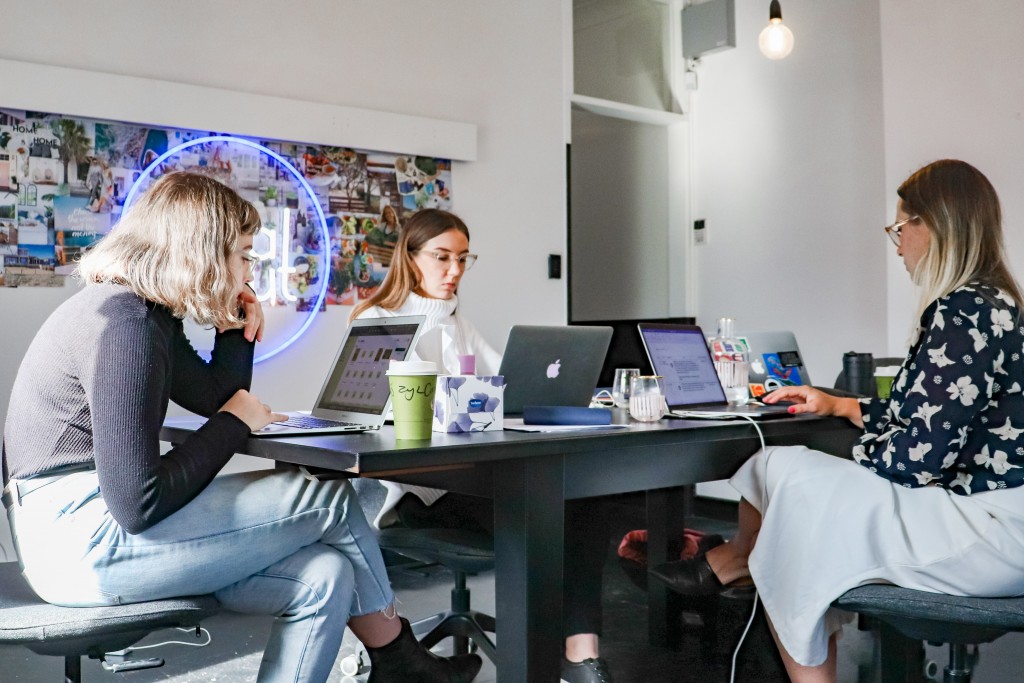
Firstly, remember: “Communities” are far more than “groups.”
The word “community” shares its etymological origins with “communal” and “common”, meaning that the people who form a community have to have something in common with each other. So, if you’re a community builder, you’ve probably spent some time honing in on what precisely ties your community together. But, as we explored in our first post in this series, a community isn’t magically formed just through possessing a common identity thread. Rather, a community is a group of people who also intentionally engage and interact with each other for a purpose beyond their own self-interest. And that’s precisely where the diversity of roles matters.
To make a community, you want to create an environment where the people within that group become more than a mere group. (A group where the individuals do not engage with each other sounds a lot more like a “lump” rather than even a “group”…but I digress.) Thriving communities are not static. You want to create an environment where people can reach out, interact, join each other, and collaborate.
But, if you want to successfully create that kind of engagement infrastructure, you have to know and understand the different ways that your members interact with each other. (And with you!)

Who’s Who!? Are you a Maven, a Connector, or a Salesperson?
To understand how community members interact means understanding both your own interaction habits as well as those of others. These habits are the building blocks of forming connections.
One of the most common methods to understand the various ways of interacting (or “roles”) within a community is laid out by Malcolm Gladwell in his book The Tipping Point. Gladwell divides people up into 3 different archetypes: mavens, connectors, and salespeople. You could take a quick online test to determine which type suits your habits and personality the most, but we’ll summarise them quickly.
- Mavens are the people who know incredulous amounts of facts about (seemingly) every topic imaginable. They are the ones you want to go to when you’re looking for information. They accumulate knowledge and are eager to share it with others. Gladwell cites Mark Alpert; I, for my part, think of my awe-inspiring PhD supervisor.
- Connectors are superb networkers. They’ve managed to develop and maintain an immense number of connections with people across different industries and sectors. They’re the ones you want to go to when you’re ready to spread your wings and connect. Gladwell cites Lois Weisberg; I think of my social butterfly friend from undergrad.
- Salespeople are the ones who are able to pitch the idea to others. They can persuade, charm, and help others see the value of a proposition that they might otherwise have neglected. They’re the ones you want to have on your team when you’re ready to hit the market with your ideas.
Each of these types operates differently within a community, and they bring different skills as well as different ways of engaging with others.
Learning Who is Who in your Workplace Community
Most people will not transition too much between Gladwell’s three archetypes, because the types reflect the way we intuitively interact with the world. It’s about our instincts and mannerisms.
And because everyone will, more or less, remain in the same “role-type” it’s fairly important that each of these three archetypes are present in your workplace communities. After all, different viewpoints are needed in order to drive a project into success.
Thinking of your community, do you know who your mavens, connectors, and salespeople are? If you don’t yet know, now might be a good time to ask yourself how you, as the community builder and caretaker, can find out this information. In the future, we’ll be writing more about managing communities and giving you practical tips for how to do that.
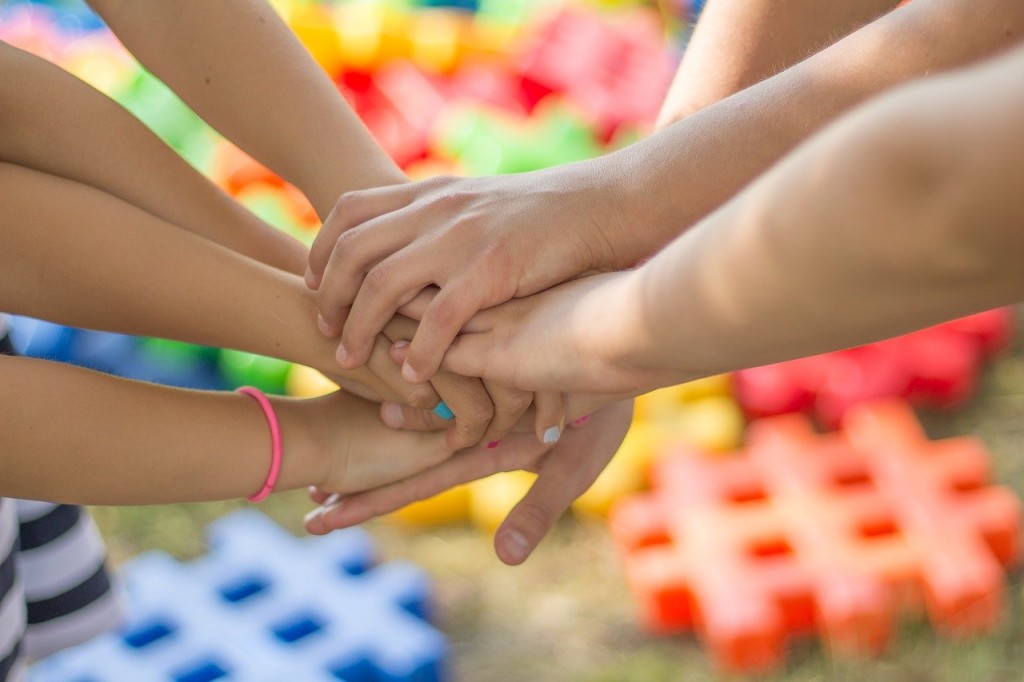
Mentors, mentees, and facilitating multi-directional help
Gladwell’s three archetypes are helpful, but there’s a second way of understanding the diverse roles within a community. This second way breaks it down in terms of who is helping who. In other words, who is the one giving/offering help to others, and who is the one receiving/taking help?
These giving/taking roles should be a lot more fluid than Gladwell’s archetypes. No one is born and raised to be permanently a giver or a taker. Even those of us who lean more towards either giving or taking are still inclined to be reciprocal; it’s a part of human nature. Communities deteriorate rapidly when people are exclusively fixed into either of these roles. In a healthy community, we all naturally oscillate between sharing our strengths with others and simultaneously leaning onto others in the areas where we’re lacking. A healthy workplace community is therefore one that enables its members to move between these two identities of “strength” and “weakness” depending on the context.
Wondering how this works in the real world? Shortly after I finished my PhD, I attended a work conference for applied anthropologists. Despite the fact that I was presenting an original paper, I felt palpably out of my league. I was surrounded by anthropologists and human-centered design practitioners who had worked in business settings for decades. What on earth could I offer to well-established practitioners and scholars in terms of mentorship?
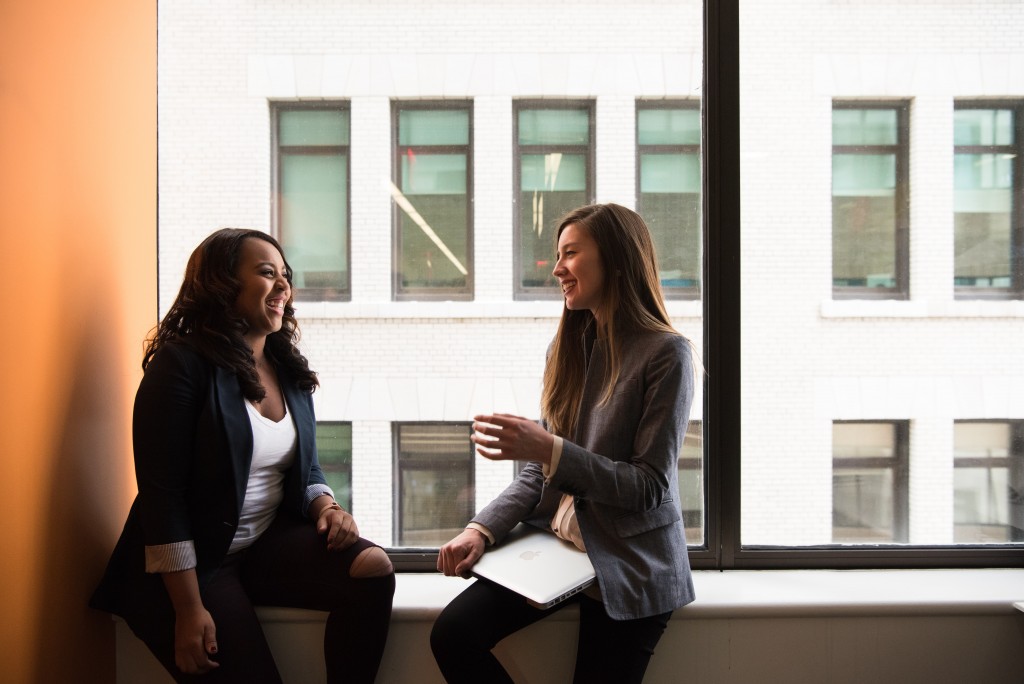
Multi-directional mentorship in action
The conference organisers, however, had stipulated that EVERY attendee should consider offering their expertise as a “15-minute mentor”. By doing this, they emphasised the value of not only “receiving” but also “giving” mentorship. Of course, as human-centered design experts, they were well aware of the interpersonal value that comes from these kinds of interactions being multi-directional. So they created the necessary infrastructure and brought the rest of us on board.
It was relatively easy for me to think of the ways that I wanted to be mentored. (“How do I get a job?” for example.) But it took some effort to come up with what I could offer; I would not have naturally thought in that way unless the structure of the conference had prompted me to reflect on my own strengths and skills. My experiences, at first glance, may not have seemed like they qualified me to be a mentor, rather than a mentee, but it turns out that I did, in fact, have something to offer: I gave reality checks about what it was like to be an emerging employee in today’s world; I walked others through how I navigated multiple short contracts rather than a steady job demand, and I gave other experience-based expertise that I didn’t originally think would be of interest to others.
In other words: I was able to be a giver, as well as a taker.
In the end, the result of the conference intentionally setting up a multi-directional mentorship was two-fold:
1. More types of mentorship were offered, thus allowing more individuals to receive mentorship
2. Individuals who received mentorship were not pigeon-holed into the role of helpless mentee. Instead, they felt like bona fide community members; not just someone who breezed through, passively taking what others offered out.
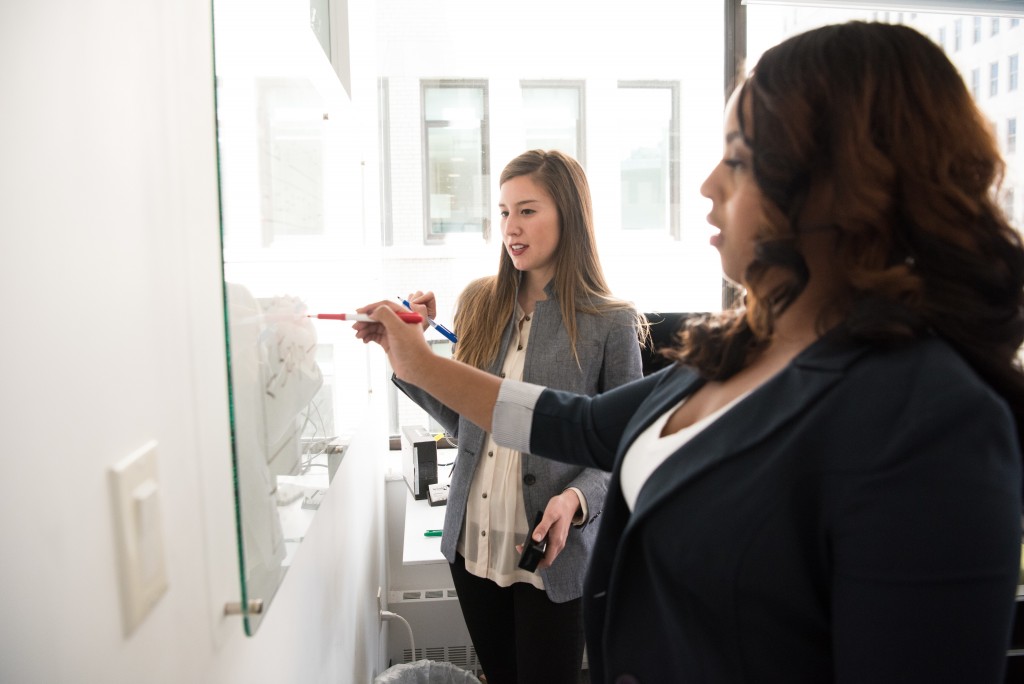
Multi-directional mentorship in your community
Now’s a good time to think about your particular community and the roles of individuals who partake in mentorship. Probably, in some way shape or form, some kind of mentorship occurs. But which way does it flow? I am guessing that the vast majority of mentorship still occurs only from senior employees down to junior ones. And while this is good, mentorship can be much much better.
In order for mentorship to level up, workplaces need to create the workplace infrastructure that allows for mentorship to be multidirectional. This means that employees who are in more “junior” positions need to be encouraged to think creatively about what they can offer to their more “senior” colleagues.
For our readers who run communities in the education space, is it only your students who are benefiting from alumni? How about thinking how alumni can benefit from students? Wouldn’t it be great for students to start feeling like they can provide value in the ‘real world’?
And, if mentorship isn’t front and centre in your community, what other structures have you created which allow for individual members to live out their diversity? Creating that structure has to start with understanding your members.
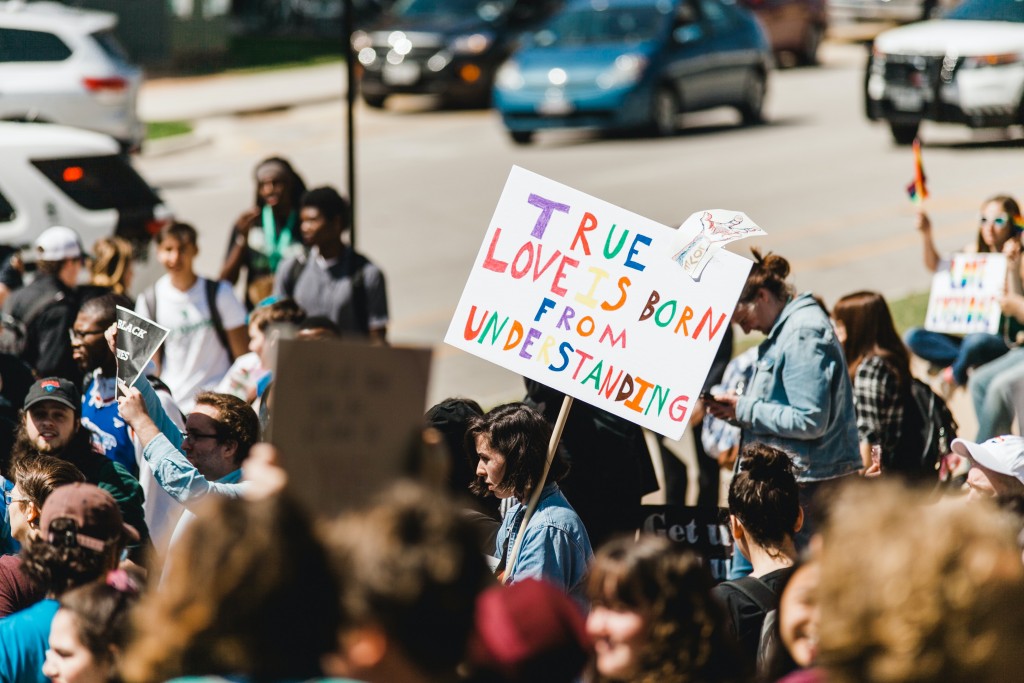
Building A Thriving Community Infrastructure Starts with Understanding Individual Members
Remember, the communities that flourish are the ones where their members are understood such as online community platforms. Reflect: Who are the mavens, connectors, and salespeople? Who are the givers and takers? For this understanding to take place, the community manager needs to steward, either actively or by cleverly designed environmental influences, those diverse individuals into positions matching their strengths and natural propensities.
And, lest we fall into the trap of thinking that all of these communities need to be in close proximity to each other, our next article in this series is going to examine how communities can be formed not just through physical proximity, but also remotely and across geographical regions.
Subscribe to receive updates when we publish new and interesting content.
